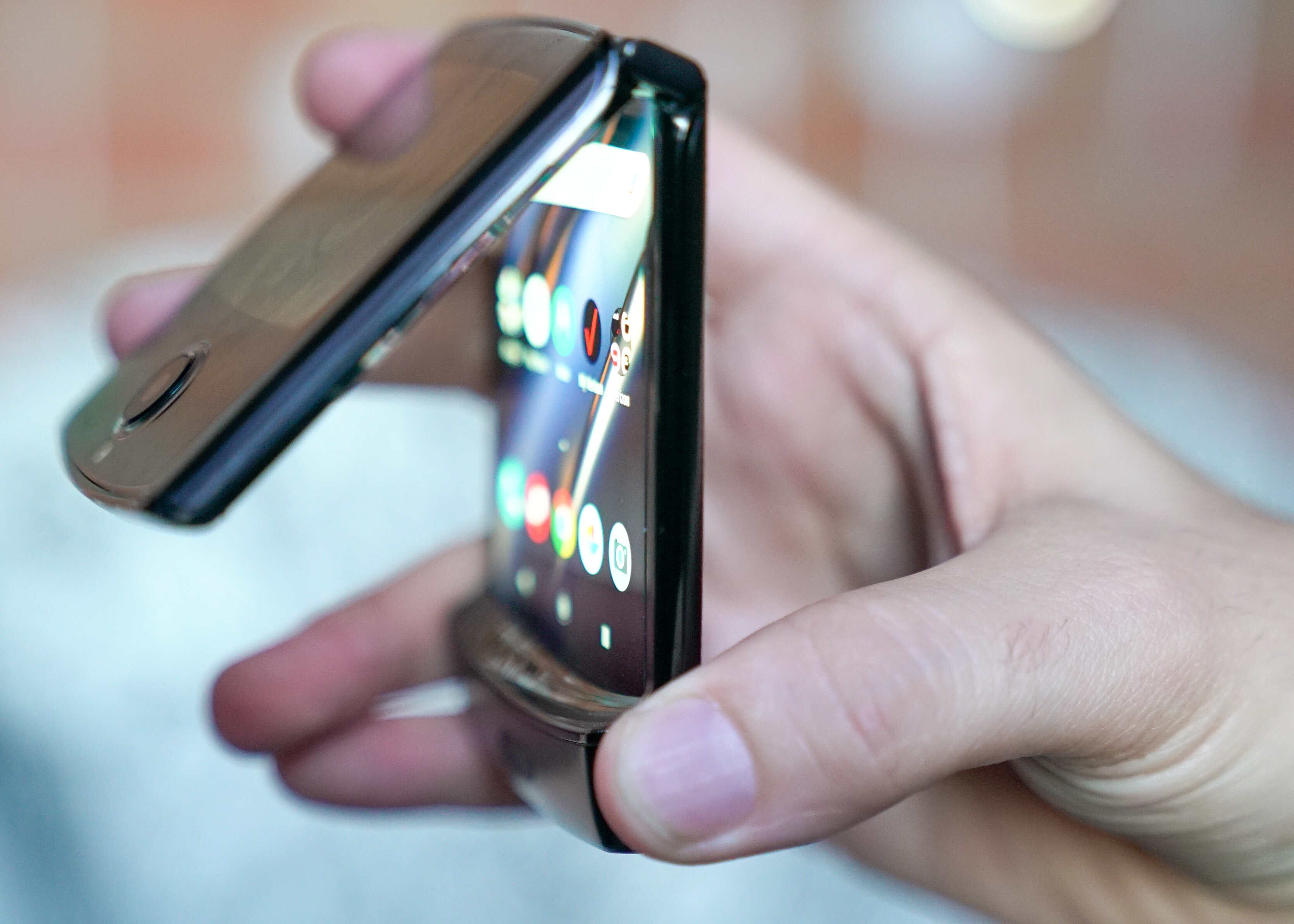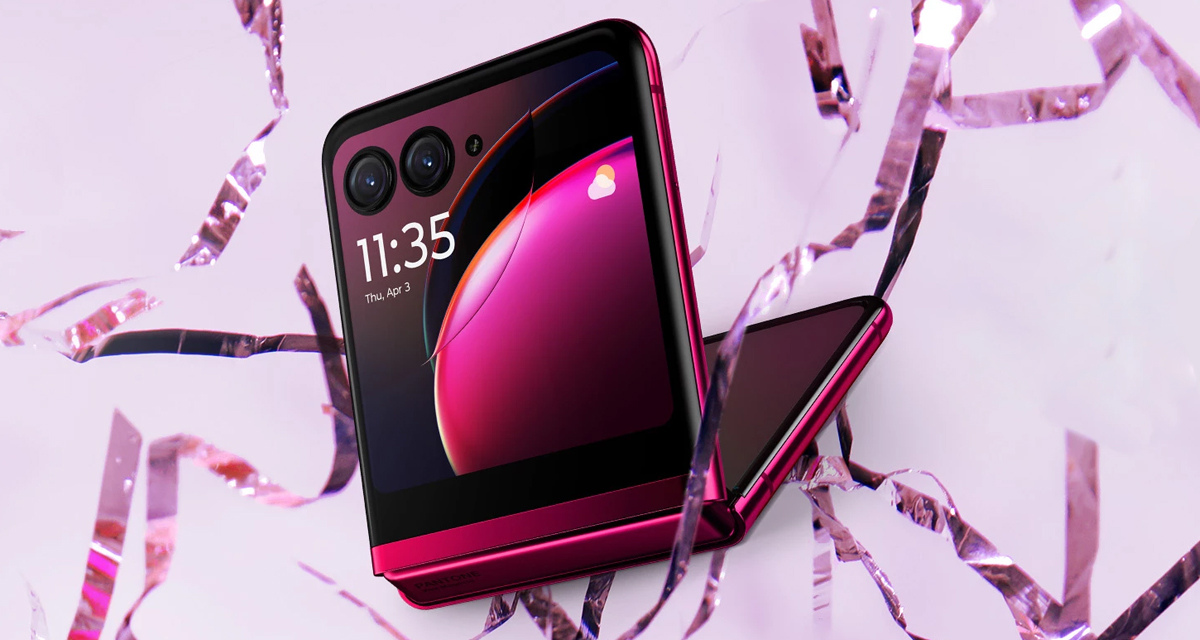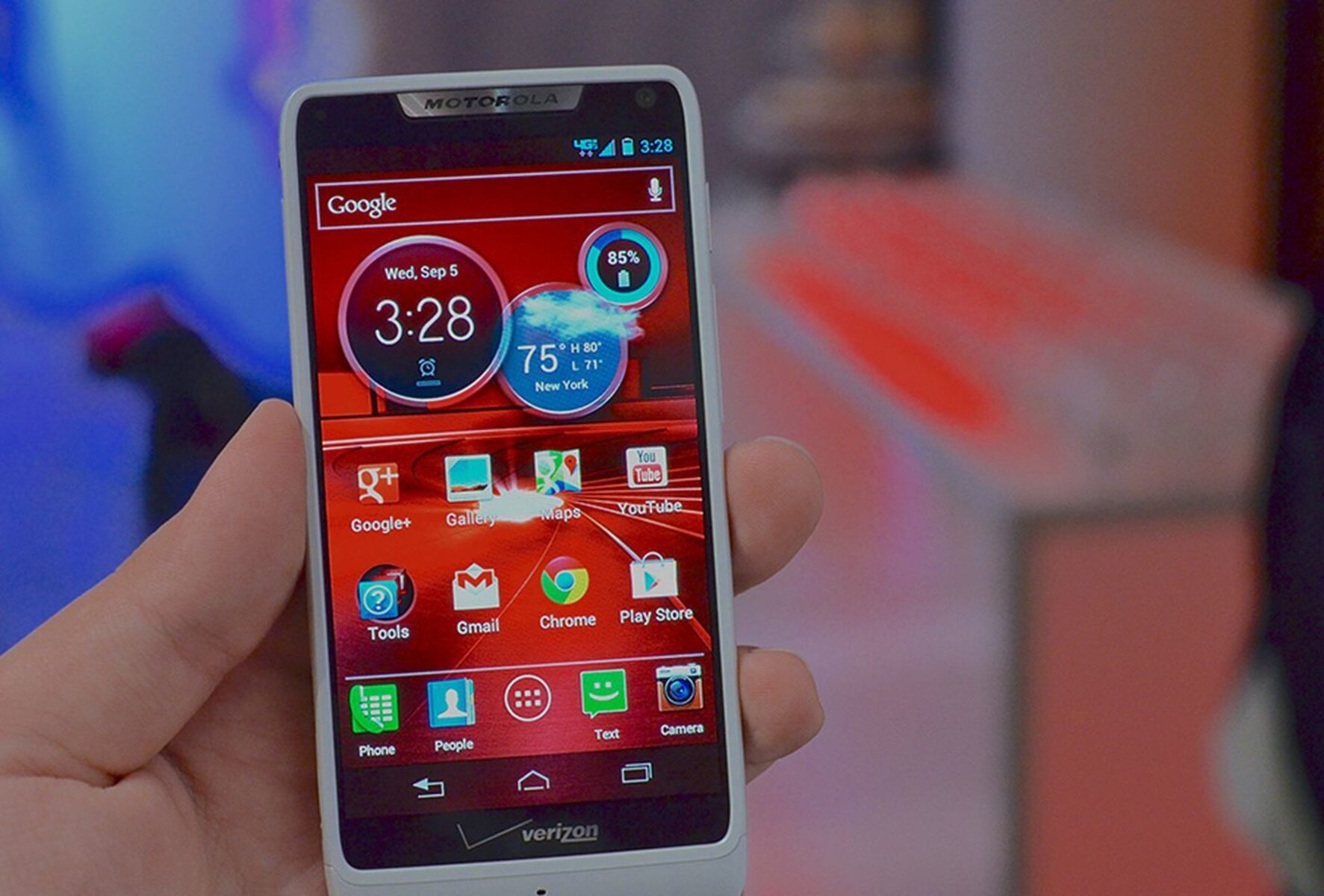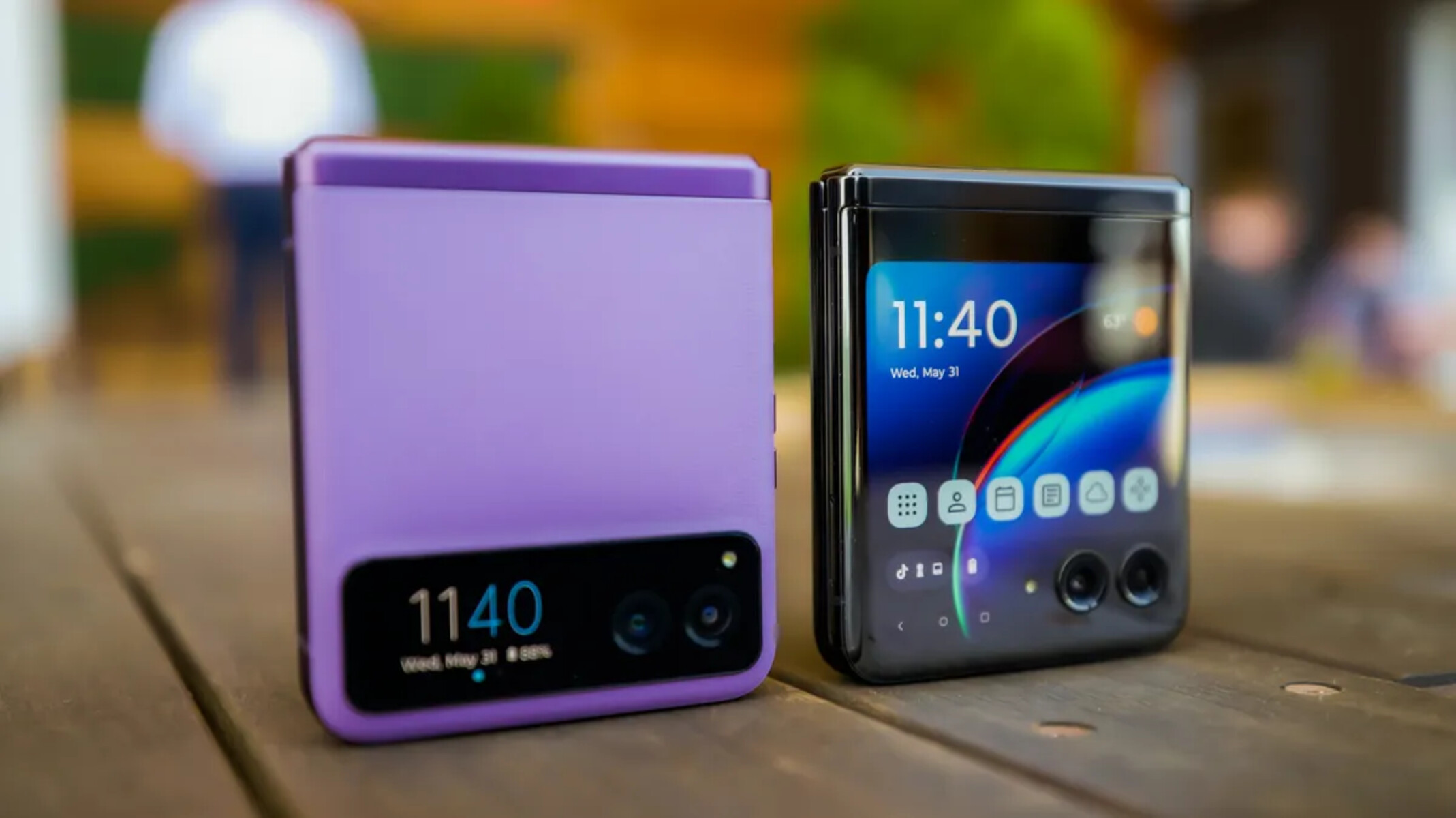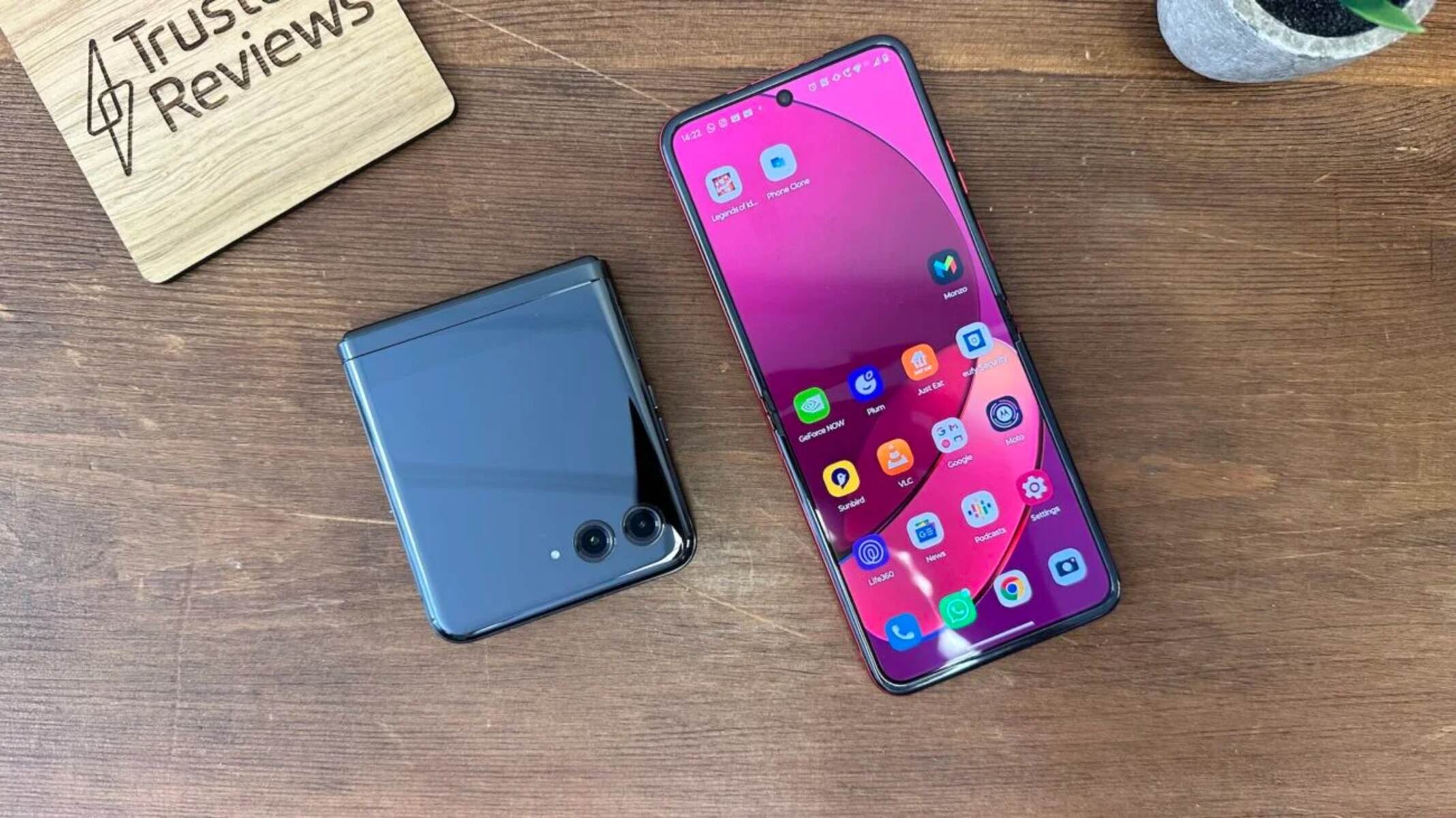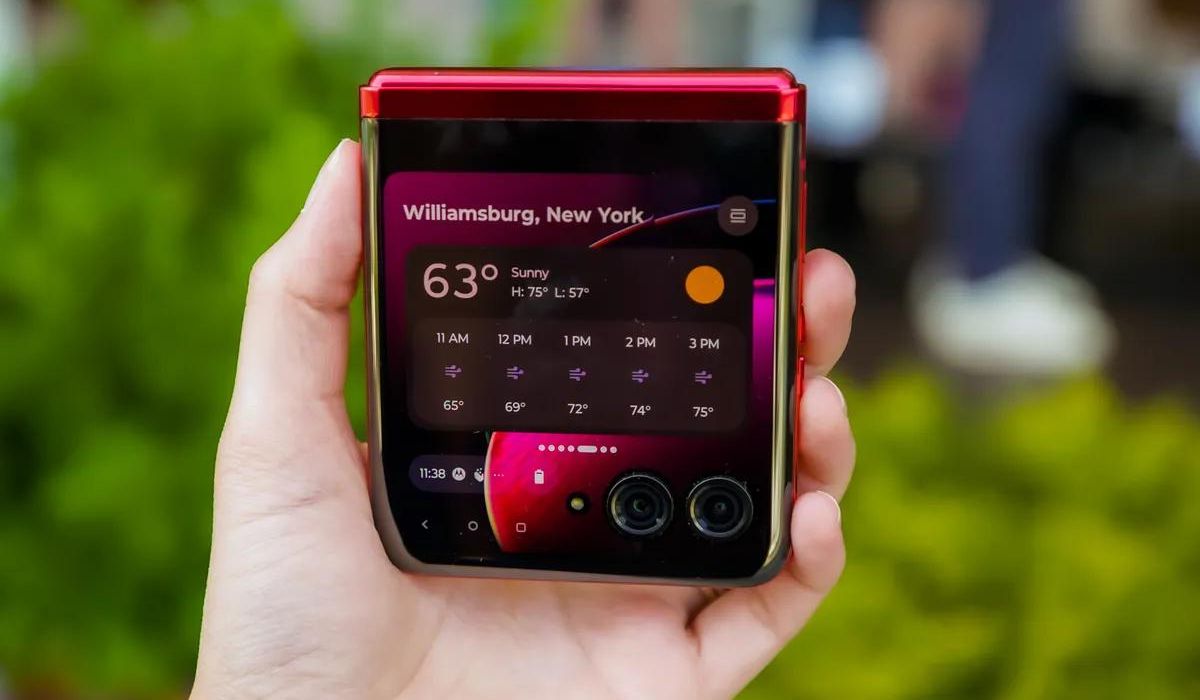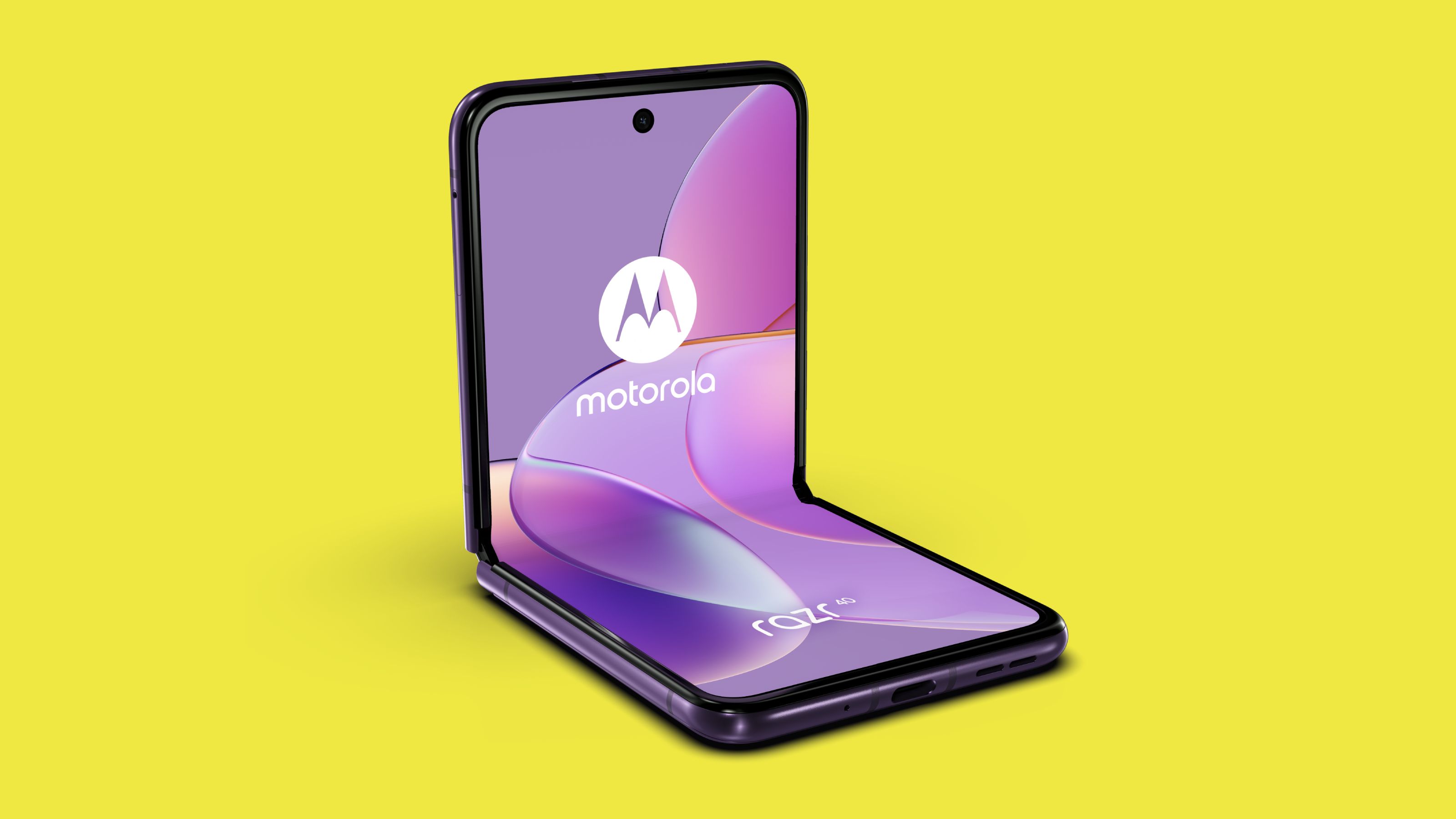The Early Days of Razr
The year was 2004, and the mobile phone industry was about to witness a revolutionary device that would change the way we perceive smartphones. Motorola, a prominent player in the industry, introduced the iconic Razr, a sleek and stylish clamshell phone that quickly became a status symbol.
The Razr’s entry into the market captured the attention of tech enthusiasts and fashion-forward individuals alike. Its slim profile, metallic finishes, and futuristic design set it apart from other mobile phones of the time. It was an instant hit, selling millions of units within months of its release.
What made the Razr even more appealing was its innovative functionality and cutting-edge features. Boasting a vibrant color display, a highly functional keypad, and a built-in camera, the Razr offered a whole new level of convenience and style. It was a device that seamlessly combined form and function, captivating the hearts of consumers.
The Razr’s success can be attributed to Motorola’s strategic marketing efforts. The company invested heavily in advertising campaigns that showcased the phone’s sleek design and advanced features. Celebrities and influencers were seen flaunting their Razr devices, further fueling its popularity and positioning it as a must-have accessory.
In addition to its aesthetic appeal and marketing prowess, the Razr also benefited from the growing demand for mobile phones that could fit in pockets and purses. Its slim profile made it highly portable, making it a preferred choice for on-the-go individuals who valued both style and convenience.
Motorola’s success with the Razr paved the way for future innovation in the smartphone industry. Its iconic design and features laid the foundation for the development of more advanced and powerful devices in the years to come.
The Successful Launch
When the Motorola Razr hit the market, it quickly became the talk of the town. The launch of this groundbreaking smartphone was nothing short of a phenomenon, captivating consumers and solidifying Motorola’s position as a dominant player in the industry.
The launch strategy employed by Motorola played a pivotal role in the success of the Razr. The company created a buzz by teasing the device in the media, building anticipation among tech enthusiasts and consumers alike. As the launch date drew nearer, the hype intensified, generating immense curiosity and excitement.
On the day of the official release, long queues formed outside retail stores as eager customers lined up to get their hands on the highly coveted Razr. The demand exceeded all expectations, with stocks running out within hours of the release. The success of the launch was a testament to the allure of the Razr and the anticipation it had built among consumers.
Part of the Razr’s success can be attributed to its innovative design and features. Its sleek and slim profile combined with a stunning metallic finish made it a fashion statement, appealing to trendsetters and style-conscious individuals. The innovative flip mechanism added an element of functionality and uniqueness, setting it apart from other phones on the market.
Another factor that contributed to the successful launch was Motorola’s strategic marketing efforts. The company tapped into the power of celebrity endorsements, featuring popular icons in their advertising campaigns to create a sense of desirability around the Razr. These endorsements, coupled with compelling visuals and captivating storytelling, communicated the Razr’s value to consumers effectively.
The successful launch of the Razr propelled Motorola to new heights of industry dominance. It showcased the company’s ability to innovate, attract consumers, and captivate the market. The groundbreaking features, coupled with a well-executed marketing strategy, set a new benchmark for smartphone launches and paved the way for subsequent successes in the industry.
The Innovative Features
One of the key factors that set the Motorola Razr apart from its competitors was its array of innovative features. This groundbreaking smartphone pushed the boundaries of technology and introduced functionalities that were previously unseen in mobile devices.
One of the standout features of the Razr was its sleek and slim clamshell design. The phone’s ultra-thin profile made it highly portable and aesthetically appealing. It easily fit into pockets and purses, catering to the demands of fashion-conscious individuals who sought a stylish yet practical device.
In terms of display, the Razr featured a vibrant color screen that brought images and videos to life. The high-resolution display allowed users to enjoy a more immersive visual experience, whether they were browsing the internet, watching videos, or playing games.
The Razr also introduced an innovative flip mechanism, which added a touch of style and functionality. With a simple flick of the wrist, the phone elegantly unfolded, revealing its keypad and display. This unique design feature not only made the Razr stand out from other phones on the market but also enhanced the user experience, making it quick and convenient to answer calls and access the phone’s features.
Another groundbreaking feature of the Razr was its built-in camera. At a time when cameras in mobile phones were still a novelty, the Razr allowed users to capture moments on the go. The camera delivered decent image quality, enabling users to snap photos and share them with friends and family.
Additionally, the Razr boasted advanced connectivity options, allowing users to stay connected wherever they went. It featured Bluetooth technology, making it easy to transfer files and connect to wireless devices. The phone also had internet browsing capabilities, enabling users to access the web and stay up-to-date with the latest information.
The innovative features of the Razr set a new standard in the industry and influenced the development of subsequent smartphones. Its sleek design, vibrant display, flip mechanism, built-in camera, and connectivity options were a testament to Motorola’s commitment to pushing the boundaries of technology and delivering a superior user experience.
Market Dominance
With its sleek design, innovative features, and successful launch, the Motorola Razr quickly established itself as a dominant force in the mobile phone market. It captured the attention of consumers worldwide and achieved unprecedented success, solidifying Motorola’s position as a leader in the industry.
The Razr’s market dominance was evident in its remarkable sales figures. Millions of units were sold within a short period, surpassing even the most optimistic projections. Its popularity extended beyond borders, with consumers from different demographics and geographies clamoring to get their hands on this iconic device.
One of the key contributing factors to the Razr’s market dominance was its appeal to fashion-conscious individuals. The sleek and stylish design made it a fashionable accessory that complemented various lifestyles. The Razr became a symbol of status and sophistication, attracting consumers who sought a device that was both technologically advanced and aesthetically pleasing.
Motorola’s strategic marketing efforts also played a crucial role in establishing the Razr’s dominance. The company leveraged celebrity endorsements, engaging advertising campaigns, and effective branding to create an emotional connection with consumers. By positioning the Razr as a desirable lifestyle product, Motorola fostered a sense of exclusivity and aspiration among its target audience.
The Razr’s market dominance was further reinforced by its reputation for reliability and durability. The phone’s robust build quality and superior craftsmanship resonated with consumers who valued longevity and performance. The Razr became synonymous with quality and innovation, solidifying its position as a trusted and sought-after brand.
Furthermore, the Razr’s presence in the market led to increased competition and innovation among other mobile phone manufacturers. Competitors scrambled to develop devices that could rival the Razr’s design and features, fueling a wave of creativity and pushing the boundaries of what was possible in a smartphone.
In summary, the Motorola Razr’s market dominance was the result of its appealing design, innovative features, strategic marketing, and reputation for quality. Its overwhelming success not only solidified Motorola’s position in the industry but also paved the way for future advancements and competition in the smartphone market.
The Decline
After years of dominating the mobile phone market, the Motorola Razr began to experience a decline. Several factors contributed to this downward trajectory, eventually leading to a loss of its once unrivaled market position.
One of the primary reasons for the Razr’s decline was the emergence of new competitors with more advanced features and sleeker designs. As the industry evolved, other smartphone manufacturers introduced devices that surpassed the Razr in terms of technological capabilities and innovative functionalities. Consumers were drawn to these newer and more advanced options, leaving the Razr struggling to keep up.
Additionally, the Razr faced criticisms and complaints regarding its user interface and software. Compared to its competitors, the Razr’s operating system and user experience felt outdated and lacked the seamless functionality that consumers came to expect. This significantly impacted its appeal, as users sought devices that offered a more intuitive and seamless user experience.
Another contributing factor to the decline of the Razr was the shift in consumer preferences towards touchscreen smartphones. As touchscreen technology became more prevalent, consumers gravitated towards devices that offered a more interactive and immersive experience. The Razr’s reliance on physical buttons and its outdated user interface failed to meet evolving consumer expectations, leading to a decline in its popularity.
Furthermore, the Razr faced increased competition from both domestic and international smartphone manufacturers. As the market became saturated with a multitude of options, the Razr struggled to differentiate itself and failed to keep pace with the rapidly evolving industry. With the emergence of new players offering more advanced and affordable smartphones, the once-iconic Razr lost its competitive edge.
The decline of the Razr was a significant setback for Motorola, as it resulted in a loss of market share and revenue. With consumers shifting their attention towards more innovative and technologically advanced options, Motorola found it challenging to regain its position in the highly competitive smartphone market.
Despite its decline, the impact and legacy of the Motorola Razr cannot be understated. It revolutionized the mobile phone industry, redefining the standards of design and functionality. The lessons learned from its decline would shape the future of smartphone development and innovation.
The Resurgence
After a period of decline, the Motorola Razr experienced a remarkable resurgence, reclaiming its position as a relevant and coveted smartphone in the market. Through strategic reimagining and innovative reinvention, Motorola successfully breathed new life into this iconic device.
One of the key factors contributing to the Razr’s resurgence was its transformation into a foldable smartphone. Capitalizing on the trend of foldable technology, Motorola introduced a new version of the Razr that featured a flexible display, allowing the phone to fold in half. This design innovation not only evoked a sense of nostalgia for the original clamshell design but also offered a modern twist that captured the attention of tech enthusiasts.
The foldable Razr addressed the limitations of its previous iteration, providing users with a larger screen size and a more immersive visual experience. It catered to the growing demand for devices that seamlessly combined the benefits of both a smartphone and a compact form factor.
In addition to the cutting-edge design, Motorola focused on enhancing the user experience and refining the software of the Razr. The revamped user interface offered improved functionality and a more intuitive navigation experience. With a more seamless and responsive operating system, the Razr regained its competitive edge and provided a superior user experience.
Motorola also leveraged strategic marketing campaigns to reintroduce the Razr to the market. By highlighting its foldable display, sleek design, and advanced features, the company generated anticipation and excitement among consumers. These efforts, coupled with targeted advertising and collaborations with influencers, helped reignite interest in the Razr and drew attention to its unique selling points.
Furthermore, the resurgence of the Razr showcased Motorola’s commitment to staying relevant in the fast-paced smartphone market. It demonstrated the company’s ability to adapt to changing consumer preferences and technological advancements. By embracing foldable technology and incorporating it into the iconic Razr brand, Motorola positioned itself as an innovative player in the evolving smartphone landscape.
The resurgence of the Motorola Razr highlights the power of adaptability and reinvention in the technology industry. Through a combination of design innovation, software improvements, and strategic marketing, the Razr successfully reclaimed its position as a sought-after smartphone. This resurgence not only revitalized the Razr brand but also showcased Motorola’s ability to stay relevant and meet the ever-changing demands of consumers.







